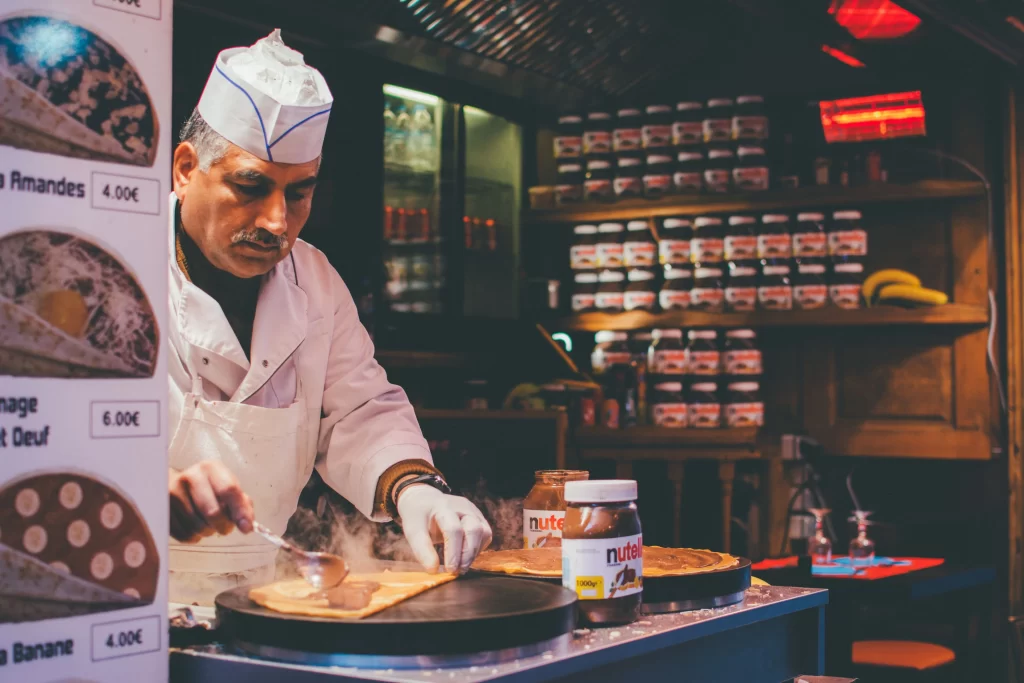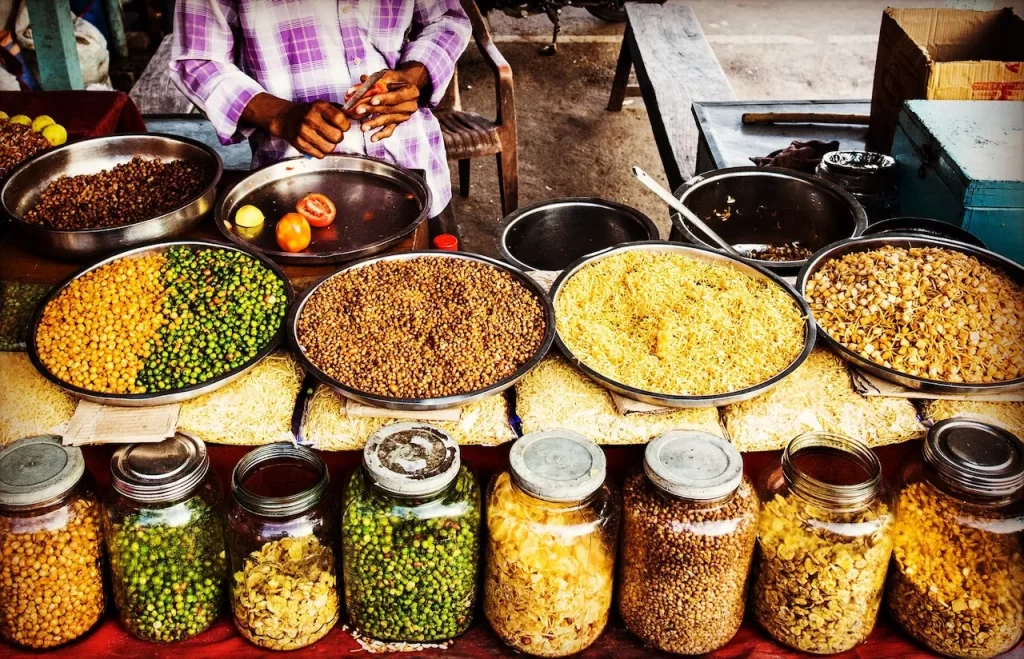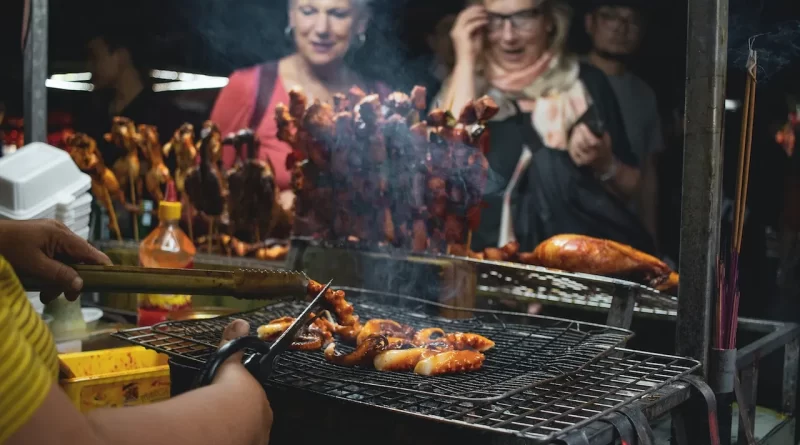Recreating Authentic Asian Street Food Flavours
The bustling streets of Asia are a paradise for those in search of exotic flavours and unforgettable meals. Asian street cuisine, from the spicy stir-fries of Thailand to the savoury dumplings of China, is a delicious reflection of the region’s diverse cultural heritage. We may travel the world through our taste buds by recreating these original flavours and bringing the lively energy of Asian street food into our own homes.

A Tapestry of Culture and History
The cuisines of Asia’s streets are more than simply a means to an end; they also serve as a window into the region’s rich cultural heritage. The history of migration, trade, and cultural evolution is reflected in each dish. Consider Thailand’s most famous dish, Pad Thai. The flavours of Thai, Chinese, and Indian cuisines come together in perfect harmony in this stir-fried noodle dish. Tamarind’s sourness, fish sauce’s umami, and the herbs’ brightness combine to create a flavorful symphony. Making Pad Thai at home helps us recognise the many cultures that have contributed to the development of Asian cuisine.
The Theater of the Streets
Theatricality in Asian street food preparation is one of its most appealing features. Stages are set up on stalls and carts, and talented merchants slice, dice, and flip ingredients in front of amazed onlookers. Making them at home might be a chance to enjoy the showmanship of Asian cuisine. Tossing a wokful of ingredients into the air requires practise and delicacy, but it adds excitement to the process of making the ideal stir-fry and is worth considering.
The Quest for Authenticity
The holy grail of reproducing the flavours of Asian street food is authenticity. Understanding the subtleties of ingredients, cooking methods, and the cultural meaning of each dish requires more than merely following a recipe. As an example, the Japanese delicacy Takoyaki, which consists of octopus-filled savoury balls topped with a variety of sauces and bonito flakes, requires a high degree of precision in the cooking process. Each ball must be turned with a skewer while the batter bakes in a specific mould. Attempting to achieve such a level of authenticity allows us to transcend physical distance and get to the heart of Asian street food.
The Joy of Adaptation
Although striving for originality is admirable, cooks should feel free to experiment with new techniques and ingredients. Over time, Asian street cuisine has developed by incorporating regional ingredients and cooking styles. This development opens the door for creative variations on traditional recipes in the kitchen. Think of what would happen if you combined Korean kimchi with Mexican tacos or Indian spices with Vietnamese pho. Such adjustments highlight the adaptability of Asian street food and honour the spirit of experimentation that drives its creation.

Embarking on Your Culinary Journey
It takes a lot of passion, patience, and a willingness to study to recreate the flavours of authentic Asian street food. To begin your culinary journey, follow these instructions:
- Research and Education: Prior to preparing the food, it is important to learn as much as possible about its background and cultural significance. Learn the essential ingredients and cooking methods that give food its genuine flavour.
- Ingredients: Finding reliable sources for high-quality components is essential. Authentic Asian sauces, spices, and pantry staples can be found at Asian grocery stores or on online markets.
- Technique Practice: Recreating the authentic flavours of Asian street cuisine requires a thorough understanding of the methods employed to prepare it. Whether you’re trying to master the art of dumpling folding or the science of making the perfect Thai curry, repetition is the key to success.
- Trial and Error: Don’t give up if at first you don’t succeed. Sometimes it takes a few tries to get the flavours just right while cooking Asian street food because of the complexity of the dishes. Take pride in your ability to learn.
- Garnishes and Presentation: Authenticity relies on more than simply flavour; it also depends on how things are presented. Think on the presentation of your food before ordering. The aesthetic value is a bonus to the whole adventure.
- Sharing the Experience: No meal is complete without the company of others. Gather your loved ones and explore Asian stalls together. The adventure might be much more rewarding if you share your creations and experiences with others.
In Conclusion
Eating Asian street food is like taking your taste buds on a fantastical journey. By emulating these dishes at home, we can learn more about Asian cuisine, discover the tales behind the dishes we love, and rediscover the fun of culinary exploration. This is a trip that honours not only the culinary delights but also the historical and cultural influences that have shaped them. So get your hands dirty, round up some supplies, and prepare to be whisked away to the bustling markets of Asia without ever leaving your kitchen.

